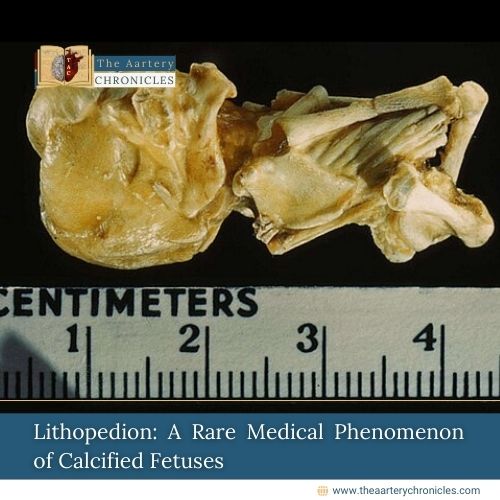

The Secret Behind Thirst? It’s This Tiny Protein
Thirst is a vital survival signal that helps the body maintain its internal fluid balance, known as water homeostasis. When we feel thirsty, it’s a sign that the body needs more water to function properly. While scientists have long understood the importance of thirst, the exact molecular mechanisms behind it were not fully clear until now.
A groundbreaking study by scientists at Capital Medical University and Shenzhen Bay Laboratory in China has identified a key protein in the brain, called TMEM63B, that plays a central role in sensing thirst. This discovery was recently published in the journal Neuron.
What Triggers the Feeling of Thirst?
When the body loses water through sweating, breathing, or urinating the concentration of salts and other substances in the blood rises. This is known as increased blood osmolality. The brain responds to this change by making us feel thirsty so we drink and restore balance.
Researchers have long believed that a part of the brain called the subfornical organ (SFO) plays a major role in detecting these changes. However, until now, they have not pinpointed the specific molecule or sensor that triggers this response.
The Role of TMEM63B in Thirst Detection
A recent study shows that TMEM63B, a protein found in the outer membrane of certain brain cells, acts as a molecular sensor for detecting high salt levels in the blood.
The researchers conducted experiments on adult mice and found:
- TMEM63B is present in excitatory neurons of the subfornical organ (SFO).
- It is activated by high osmolarity meaning it senses when the blood becomes too concentrated due to dehydration.
- When activated, it causes neurons in the SFO to become electrically active, which leads to the sensation of thirst.
Importantly, when the Tmem63b gene was deleted in mice, the animals showed reduced thirst and failed to seek water even when dehydrated.
How TMEM63B Works
Further tests showed that TMEM63B behaves like a channel that opens in response to changes in fluid concentration. When tested in isolated environments (using liposomes, which are tiny lab-created bubbles mimicking cell membranes), the protein still responded to osmotic changes confirming its role as a genuine sensor of fluid balance.
Why This Matters: Health and Medical Implications
This discovery has important implications for both basic science and potential medical applications. Understanding how TMEM63B works could:
- Improve our knowledge of how the brain controls thirst and fluid regulation.
- Help identify new treatments for disorders related to thirst, such as adipsia (lack of thirst) or hyponatremia (low blood sodium levels).
- Offer insights into rare genetic conditions that affect water balance in the body.
Conclusion
The identification of TMEM63B as a key thirst-regulating protein fills a major gap in our understanding of how the brain detects dehydration. This protein acts as a biological “switch,” helping mammals know when it’s time to drink. The research opens doors for further studies and could one day contribute to treatments for fluid-balance disorders in humans.
Source: Inputs from various media Sources

Priya Bairagi
Reviewed by Dr Aarti Nehra (MBBS, MMST)
I’m a pharmacist with a strong background in health sciences. I hold a BSc from Delhi University and a pharmacy degree from PDM University. I write articles and daily health news while interviewing doctors to bring you the latest insights. In my free time, you’ll find me at the gym or lost in a sci-fi novel.








